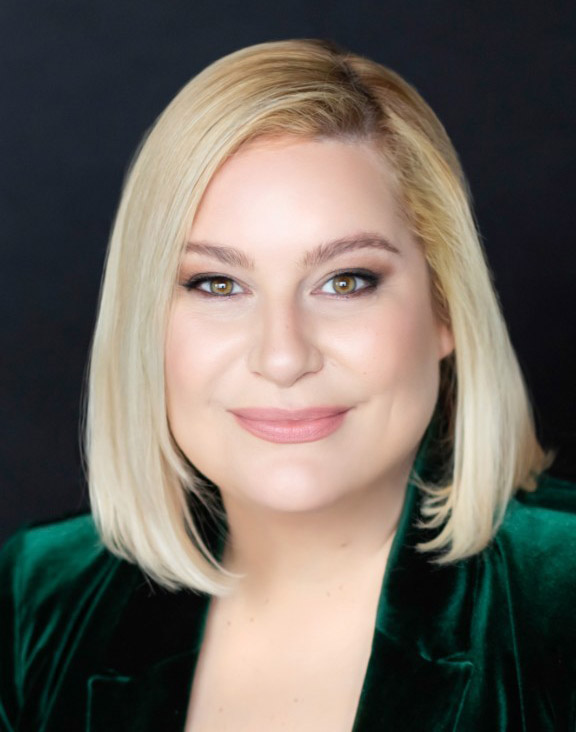Hello to Canada’s SaaS Community,
When you start a company, titles don’t matter much—everyone does everything. But as the company matures, you have to figure out where you fit. This is what Helen Kontozopoulos went through when she created a completely new role for herself within her company, ODAIA Intelligence. Speaking with SAAS NORTH after her conference talk, Helen shared more about how to build your own job description as your startup grows.
Key takeaways:
- The co-founders of a startup have to balance vision at the top with a vision-supporting culture at the bottom.
- As a founder designing your own job description, think about how you like to add value in an organization and which of the two elements (vision or culture) you have the most passion for.
- Whatever your role becomes, you’ll always have the founder “task” of listening across the organization and helping foster connection.
Co-Founder/Producer, SAAS NORTH Conference Editor, SAAS NORTH NOW
Shortly after founding ODAIA Intelligence, a company specializing in AI-powered insights for the pharmaceutical industry, and picking up the CEO title for the first time ever, Helen reached out to a trusted mentor, Philip Poulidis. He was both an industry leader in the IoT space who also understood the pharma industry—and Helen wanted him involved.
To her surprise, he said he wanted to join the management team. Almost immediately, Helen knew he should be the CEO and she should step into another role.
However, this left a striking question: beyond staying as a “co-founder,” what would Helen’s role become on a day-to-day basis?
Speaking with SAAS NORTH after her conference talk, Helen shared more about how she built her own role within her startup.
The remit of the founder
Helen said handing the CEO reins to Philip and choosing a different role for herself was a fairly easy choice.
“It seemed very logical to me… I can see him being [the leader] and me learning from it,” said Helen. “There was no ego around that. I think he can take me up that mountain faster than me always asking for help. I could just follow and then learn.”
Being able to make that decision quickly left Helen with a lot of room to think about what she wanted to do next within the company. To kick off that process, she thought about the remit of a founder—what a founder owes the company they started.
In particular, Helen noted that the founders of any company must passionately balance two things: vision and culture.
“You need to balance how you’re holding the mission and vision of the company—that’s a very CEO push—and then there’s that cultural holding on the bottom of it to say ‘how is everything moving toward that?’” said Helen.
Balancing remit and personal interest
Helen then did an analysis of the gaps in existing leadership structure; it was clear that the CEO owned that top-down element of holding the mission and vision of the company. That naturally created an opportunity around culture-building, an area Helen felt she could help in.
In particular, Helen realized she was passionate about (and good at) two things:
1. Staying out of the weeds: As a co-founder, she didn’t want to jump into an individual contributor role. She wanted to make sure her impact stayed company-wide.
2. Connecting through the organization: Helen wanted the ability to connect the dots throughout the whole team, ensuring each part of the business is operating to its best potential.
The result of this analysis became her current role: Co-Founder and Chief Tech Evangelist for ODAIA.
Internally, this looks most like a Head of HR function, where she works with HR Managers to handle challenges like salary bands or building processes that empower culture and give employees a voice. Externally, this looks a lot like a business development role, where she both speaks on stages to share ODAIA’s vision and jumps in on customer calls to support the sales team when necessary.
But the real underpinning of her work is owning the “culture” half of the founder remit. For example, Helen actively encourages customer participation in company events, creating opportunities for exchanges between clients and engineers, as demonstrated in their engaging hackathon in early 2023. She also addresses any tough conversations in company town halls, documenting tense parts and managing “bruises” along the way to safeguarding and enhancing the company culture.
“It’s being able to make sure the vision that your CEO is having—the vision that leadership is having—and make sure it’s running down and then going up again,” said Helen.
You have to feel the ship moving
Regardless of the ultimate title she took, as a co-founder, Helen has a very specific extra job: listening and relaying insights across departmental leaders.
That extra task starts with things like connecting the CTO, CPO, and CFO so there’s not only alignment at the top but so she can support that from a cultural perspective. But it also means talking to clients, educating them and ensuring they are part of the fold and understand (and get to inform) the next iterations of ODAIA.
It’s the advice she gives to all founders thinking of re-writing their job descriptions—make sure you’re actively communicating at the highest levels of the organization, then bring that down into whatever your day to day role ends up being.
“I just have to listen,” said Helen. “And then I move things around and I talk to someone and ask ‘have you heard of that?’ Or ‘do you know that person’s going through that?’ [You have to feel] the ship moving.”





